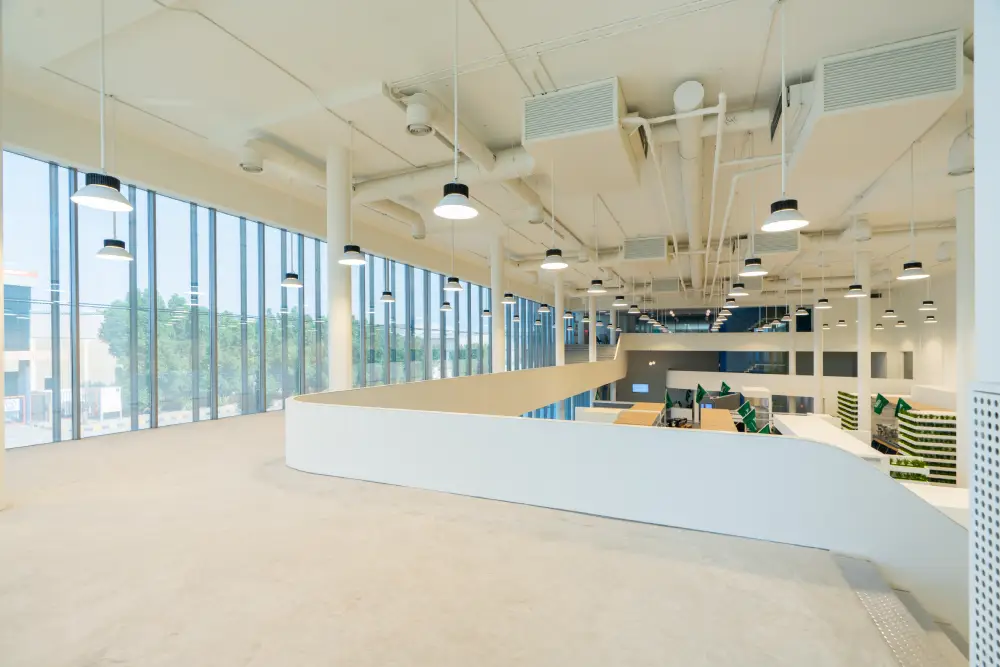How Do Fit-Out Contractors Charge For Their Services?

Hiring a fit-out contractor for a residential or commercial project can be a significant investment, and understanding how commercial fit out contractors charge for their services is important to managing your budget effectively. Fit-out contractors may use different pricing models depending on the scope of the project, the type of work required, and the materials involved. Here’s a breakdown of the common ways fit-out contractors charge for their services.
Fixed price contracts:
A fixed price contract is one of the most straightforward pricing models used by fit-out contractors. In this arrangement, the contractor provides a total price for the entire project based on the agreed scope of work. This approach offers a clear understanding of costs upfront, making it easier for clients to budget without worrying about unexpected expenses. However, fixed-price contracts are often inflexible; any changes or additions to the project scope after the agreement is signed may result in additional costs.
Time and materials:
In a time-and-materials contract, the contractor charges based on the actual time spent on the project and the materials used. This type of pricing is typically employed for projects where the scope is uncertain or likely to evolve. Labor costs are charged at an hourly or daily rate, while materials are billed based on actual usage. While this model provides flexibility, it can make it harder to predict the final cost, as the budget may fluctuate depending on the complexity and duration of the project.
Cost plus fee:
A cost-plus-fee contract is a hybrid pricing model where the client pays for the actual cost of labor, materials, and equipment, along with an additional fee or percentage for the contractor’s overhead and profit. This model offers transparency, as clients can see the breakdown of costs. It is especially useful for Large-scale fit-out projects that may involve variable costs. However, the final price can be difficult to predict, and close supervision is necessary to ensure the project stays within budget.
Per square meter or foot:
In some cases, fit-out contractors may charge based on the size of the space being worked on. The cost is calculated by multiplying the price per square meter or foot by the total area. This pricing model is commonly used for straightforward projects where the size of the space determines the level of effort and materials needed. It’s particularly useful for office or retail fit-outs where uniformity across the space is important.